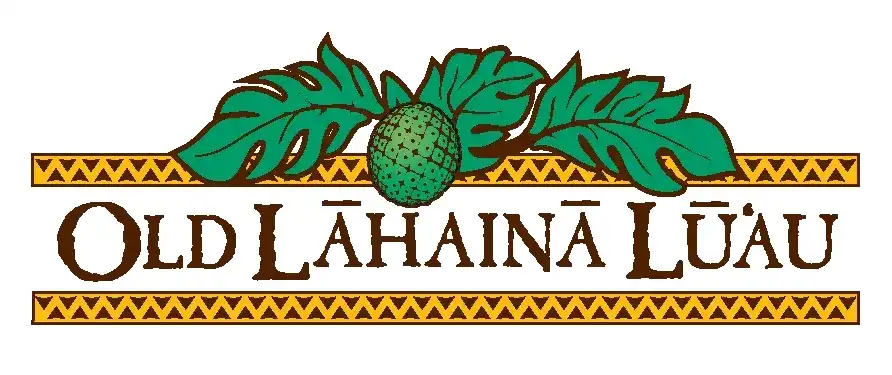Rare Bird Believed to be Dead, Found Alive in Maui Natural Area Reserve After 605 Days

The discovery Wednesday of a single rare Kiwikiu bird on Maui, found alive and well after perviously presumed dead for 605 days, is cause for hope among experts working to save the species from extinction.
The male bird, identified as wild #1, was part of a translocation effort that started with its capture from the Hanawī Natural Area Reserve on the windward side of Haleakalā, and its subsequent release into the Nākula Natural Area Reserve on the leeward slopes of Haleakalā in 2019.
The translocation effort was part of a larger effort to establish kiwikiu in newly restored forests and to expand the available habitat for the species to help prevent their extinction. Kiwikiu are the rarest forest bird on Maui with a population that may number fewer than 150.
Five of the seven individuals that were released during the translocation were found dead, thwarted by the encroachment of avian malaria, which is spread by non-native mosquitoes. The other remaining bird has not been seen, but with this week’s developments, experts say they now need to see if there’s any possible chance that the other bird, which is also a male, may be holding out as well.
“The finding provides confirmation that this habitat is suitable for this species,” experts said during a press briefing on Friday morning.
Zach Pezzillo with the Maui Forest Bird Recovery Project made the discovery on July 21. “I first heard what I thought might be a distant kiwikiu song. It then sang about ten times across a gulch in some koa trees. It dropped down into some kolea trees where it spent the next 20 minutes calling and actively foraging through the berries, bark, and leaves.”
Pezzillo walked down into the gulch to get a closer look and confirmed the bird’s identity through a unique band that was secured to the bird’s leg.
“This bird has been exposed to disease, as the others were, and has somehow persevered,” said Dr. Hanna Mounce, MFBRP Coordinator. “This is an amazing sign of hope for the species as we still may have time to save them. Work needs to continue avian disease and mosquito control as the rate of survival from malaria is low overall for this species with only one in seven surviving. This is a hopeful sign that a population of kiwikiu and other native forest birds could survive in restored landscapes in the future, especially without mosquitoes and disease.”
Survival Gives Hope of Saving Species Before It’s Too Late
Additional Information Courtesy DLNR
The DLNR Division of Forestry and Wildlife along with its many partners, has been working on restoring the native ecosystems of leeward Haleakalā for decades, by planting more than 450,000 native koa, ‘ōhi‘a, and other species.
“Our restored forests are working,” said Scott Fretz, DOFAW Maui District Manager. “For this one kiwikiu to survive, alone for over 600 days, shows those ecosystems can function again. This is exciting news as we press forward to protect and replant the missing pieces and re-weave the green mauna lei so that one day the birds will move on their own.”
The rapidly warming climate allows mosquitoes to claim new and higher-elevation territories, driving native forest birds closer to extinction. While alien birds may have immunity, native species don’t, with very few exceptions.
David Smith, DOFAW Administrator, said, “In a different world, we wouldn’t have to manage the romantic life of one bird, or move birds to save them, but this is what people have created and what we inherited. The survival of this single kiwikiu doesn’t change the overall plans for saving the species. Preventing their extinction is the goal of the entire program. #1 shows us that if we have a good, safe habitat for this, they want to survive.”
The Kiwikiu Working Group, comprised of experts from a dozen organizations and agencies, revisited and revised their plans after the 2019 translocation attempt.
Mounce concluded, “We will carefully analyze what led to the survival of #1, but it’s much too soon to say whether this will change our options for trying to save kiwikiu. We thought we had lost all the translocated birds to malaria, but this one’s survival has given us hope and encouragement, that maybe, just maybe, we can save this incredible species before it’s too late.”








